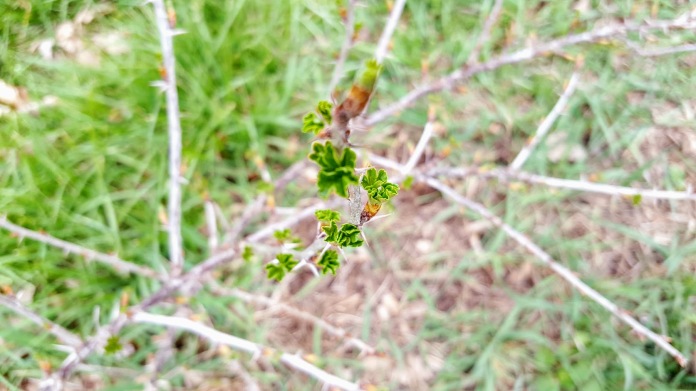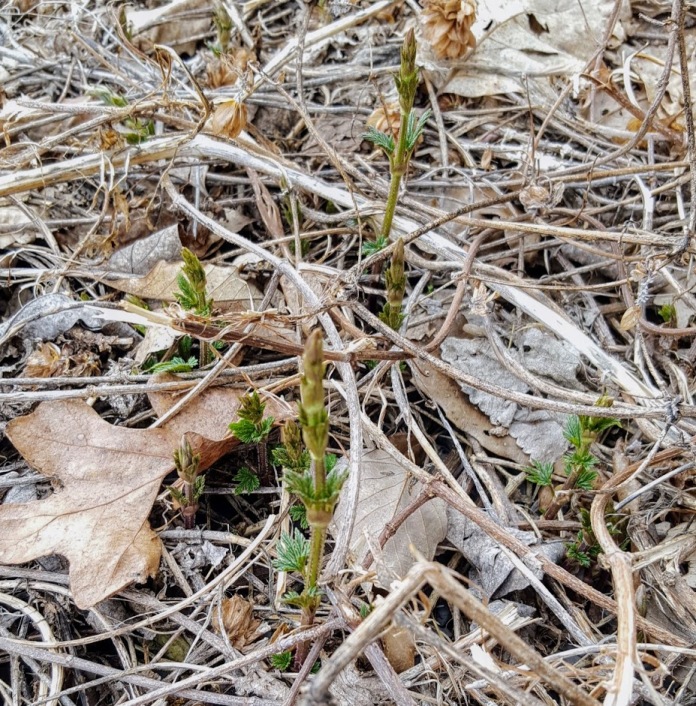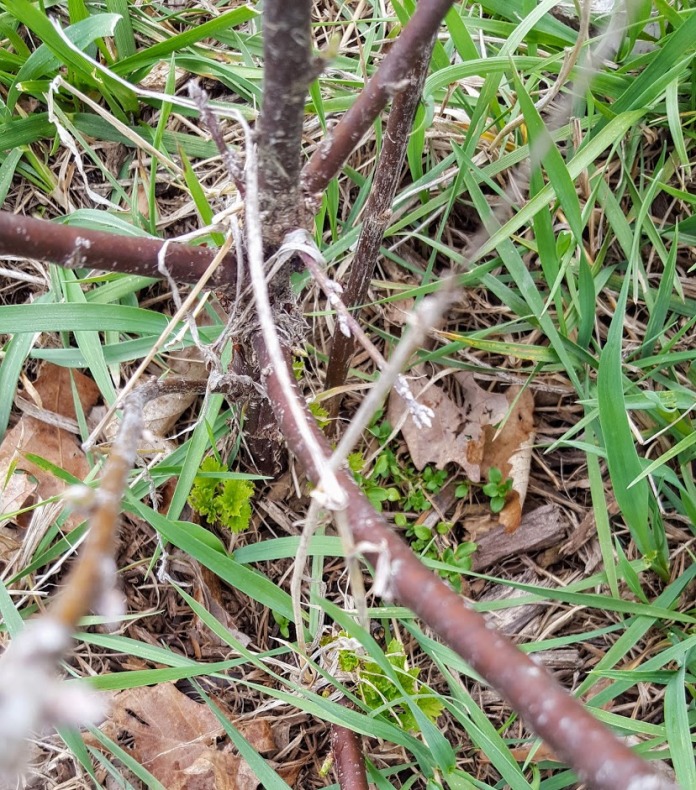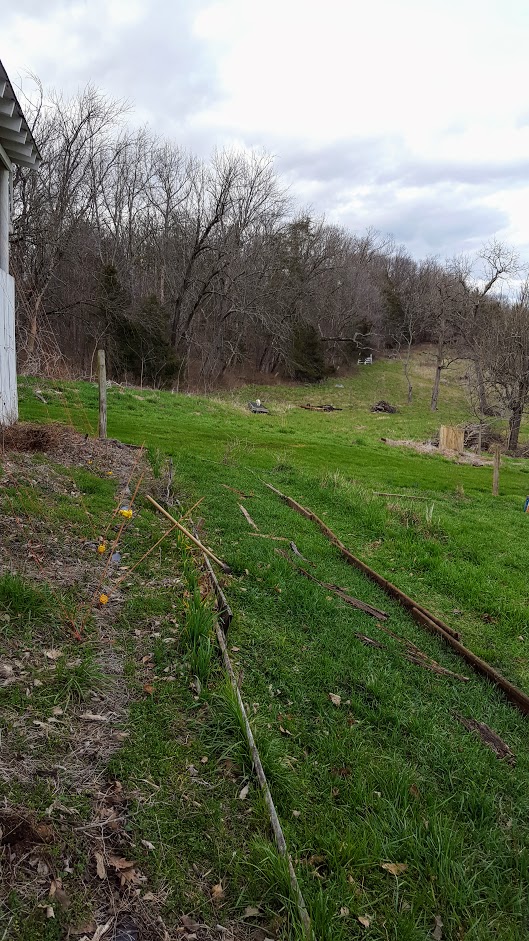At 22 years old, I first heard of this family of fruits. Geography of Wine actually fulfilled one of my core elective requirements for my degree. Ever the most eccentric of professors, John Boyer recommended we throw a wine tasting party as an assignment fulfillment but the catch was to include everything you may encounter in wine, from various fruits to dirty gym socks to barnyard hay. Preparation to identify even the worst and erroneously produced flavors of wine was weighted equally to the pleasurable and inviting flavors. My quest to track down all of the fruit flavors was an adventure in itself. Unripe persimmons from my now-farm-site were used to demonstrate astringency and tannins but it was the Currants that proved most difficult to find. I was able to order red, white and rose currants online but black currants despite being an oft cited flavor in wine profiles were nearly impossible to find. Natural curiosity begged the question: why? Illegality was the first curious attribute of these fruits that was encountered. Were they psychoactive or invasive or any of the things that would lead to a federal ban?
Pinus strobus, the eastern white pine was once found extensively from northern Georgia to northeastern Canada. Europeans recognized the lightweight, tall, straight growth as forming ideal ship masts (source: Dendrology lecture with Dr. Seiler at Virginia Tech). Continued recognition as an ideal timber species led to Europeans shipping pine specimens to be grown in european nurseries (source) while continued harvest of native stands caused massive deforestation by the late 1800’s (source). Consequently, specimens were shipped backed to re-establish stands in the depleted native habitat.
Specifically, Lord Weymouth was a prolific gardener and arranged for the importation of white pines into Europe in 1705. By affixing “Lord” to “Weymouth Pine”, he subsequently stole the common name from the first european to discover the pine in current-day Maine, George Weymouth. A shipment from France to British Columbia in 1910 brought a fungal pathogen to North America that went undetected for 11 years allowing it to spread extensively (source). White pine blister rust, the fungus (Cronartium ribicola) had first appeared in Germany (Source). Further investigation revealed that the Ribes genus of gooseberries (thorned) and currants (not thorned) provided a host for the fungus to complete its lifecycle. The resulting native Ribes removal cost an estimated $150 million shown below:
Thus the North American shortage of currants is adequately explained.
While the federal ban was lifted in 1966, many state bans are still in effect to various degrees of enforcement. Here in the Shenandoah Valley of Virginia, the state enforces the ban by preventing nursery sales of natural strains of black currants. Hybrid black currants and all other colors are perfectly legal. Check on your state regulations regarding the issue. No complete state guide exists currently so I will compile one as time allows as a reference.
As the case with any prohibition laws, the government has created a market that is both ripe and untapped. Europe has a billion dollar industry in yogurt, jams/jellies/preserves, liquor, teas, smoothies and any other use for berries that can be filled by the unique flavor of currants. While the American market is ramping up and in its infancy, currants seem to fit the bill for obscure, nutritionally packed and strangely flavored to become the next rage in the health food industry. As such I hope to have a few plants established if currants do become the next rage as they take 3 years to produce substantially. Boundaries in the garden will be the starting point as they are a fantastic plant to grow along fence rows and can thrive in afternoon shade!




